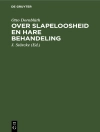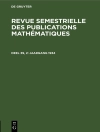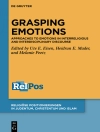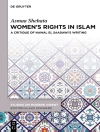Is it possible to rethink the multilayered and polyvalent Christology of the Qur’ān against the intersecting of competing peripheral Christianities, anti-Jewish Christian polemics, and the making of a new Arab state in the 7th-century Near East? To what extent may this help us to decipher, moreover, the intricate redactional process of the quranic corpus? And can we unearth from any conclusions as to the tension between a messianic-oriented and a prophetic-guided religious thought buried in the document?
By analysing, first, the typology and plausible date of the Jesus texts contained in the Qur’ān (which implies moving far beyond both the habitual chronology of the Qur’ān and the common thematic division of the passages in question) and by examining, in the second place, the Qur’ān’s earliest Christology via-à-vis its later (and indeed much better known) Muhamadan kerygma, the present study answers these crucial questions and, thereby, sheds new light on the Qur’ān’s original sectarian milieu and pre-canonical development.
Yazar hakkında
Carlos A. Segovia, Saint Louis University, Madrid Campus, Spain.












